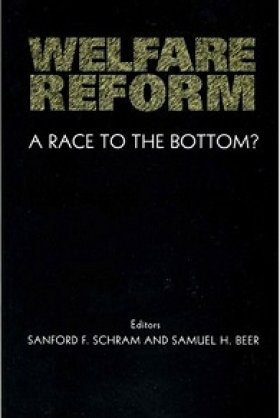Paying for Retirement: Challenges for Private Pension Development in Eastern Europe


How to meet the economic as well as social needs of the elderly is a challenge for any government. It has been particularly taxing for countries transitioning from a command economy in to a free market economy, as citizens have had to adjust expectations for what they should expect from the private as well as public sectors to fund their retirement. Adapting expectations and educating current and future pensioners has been a tremendous hurdle for governments as they look to making fundamental changes in paying for pensions.
The collapse of communism meant the role of the state in providing pensions was significantly altered on a global basis with the introduction of mandatory private pension systems. Often referred to as second pillar funds, the funds in Eastern Europe were part of privatization programs aimed at moving former command economies towards more economically and politically liberal democracies. The new pension reforms introduced schemes that sought to remove future pension burdens by transferring risks from the state to individual pension members or participants by substituting or adding defined contribution type schemes to traditional state run defined benefit plans.
Eastern European countries were burdened by tremendous pressures on their social safety nets, particularly on the legacy state pension programs which made huge pensions promises that were difficult to keep. Moreover, the countries of Central Europe, unlike those in the Former Soviet Union, were witnessing significant changes to life expectancy that further increased pressures on social safety net programs. The statutory retirement ages were too low and anticipated life expectancies and mortality improvements were too long to manage indefinitely.
Efforts varied in Hungary, Poland and Romania. Each have taken somewhat different approaches to alter or completely reverse their second pillar pension schemes and assess the impacts on capital markets, retirement market development, and present and future savings contributions and contribution rates. These countries represent three distinct stages in the process of reversing second pillar pension reforms.
Learn more about the efforts of Hungary, Poland, and Romania and the expected effects of these reforms in this report from Michael Corbin.
How are changing demographics affecting pension plans in East Asia? Read more in Corbin's piece for the Asia Dispatches blog.
About the Author

Michael Corbin
Senior International Trade Specialist, U.S. Department of Commerce

Global Europe Program
The Global Europe Program is focused on Europe’s capabilities, and how it engages on critical global issues. We investigate European approaches to critical global issues. We examine Europe’s relations with Russia and Eurasia, China and the Indo-Pacific, the Middle East and Africa. Our initiatives include “Ukraine in Europe” – an examination of what it will take to make Ukraine’s European future a reality. But we also examine the role of NATO, the European Union and the OSCE, Europe’s energy security, transatlantic trade disputes, and challenges to democracy. The Global Europe Program’s staff, scholars-in-residence, and Global Fellows participate in seminars, policy study groups, and international conferences to provide analytical recommendations to policy makers and the media. Read more

Indo-Pacific Program
The Indo-Pacific Program promotes policy debate and intellectual discussions on US interests in the Asia-Pacific as well as political, economic, security, and social issues relating to the world’s most populous and economically dynamic region. Read more



